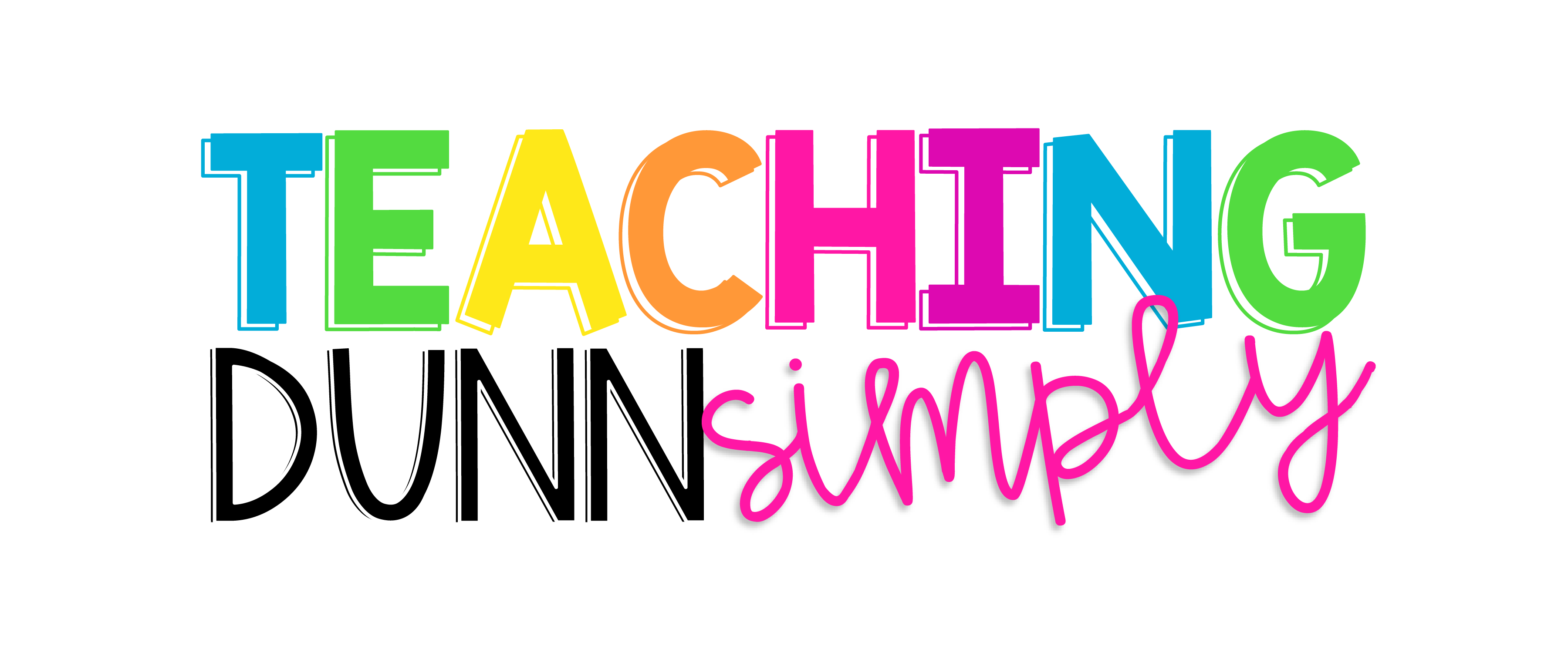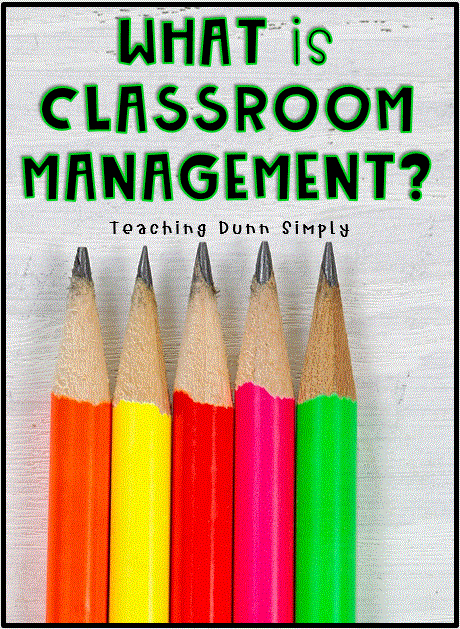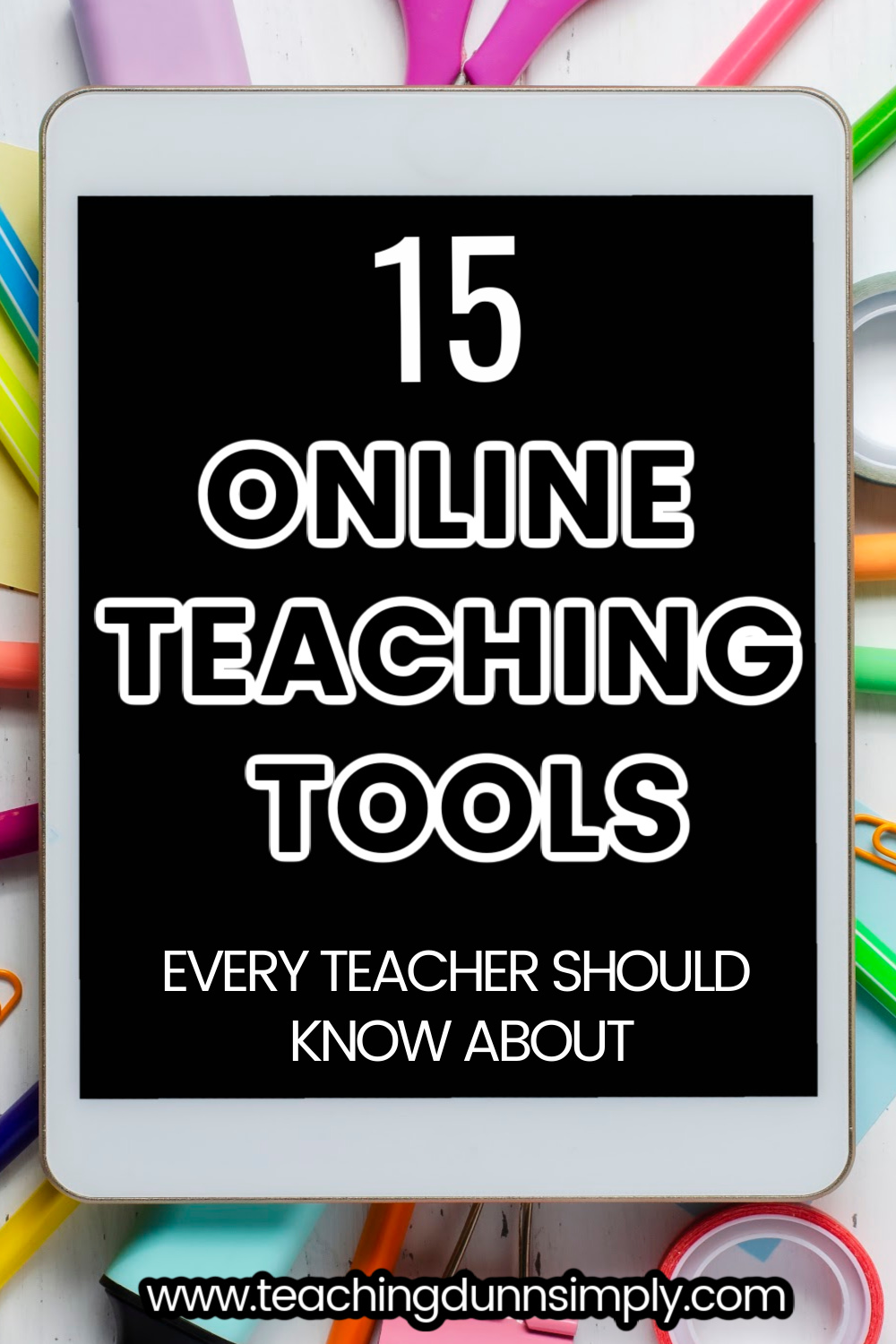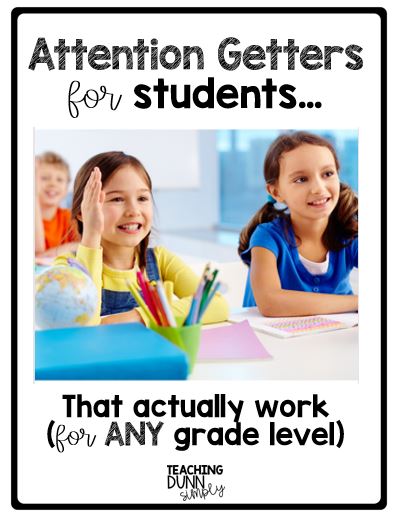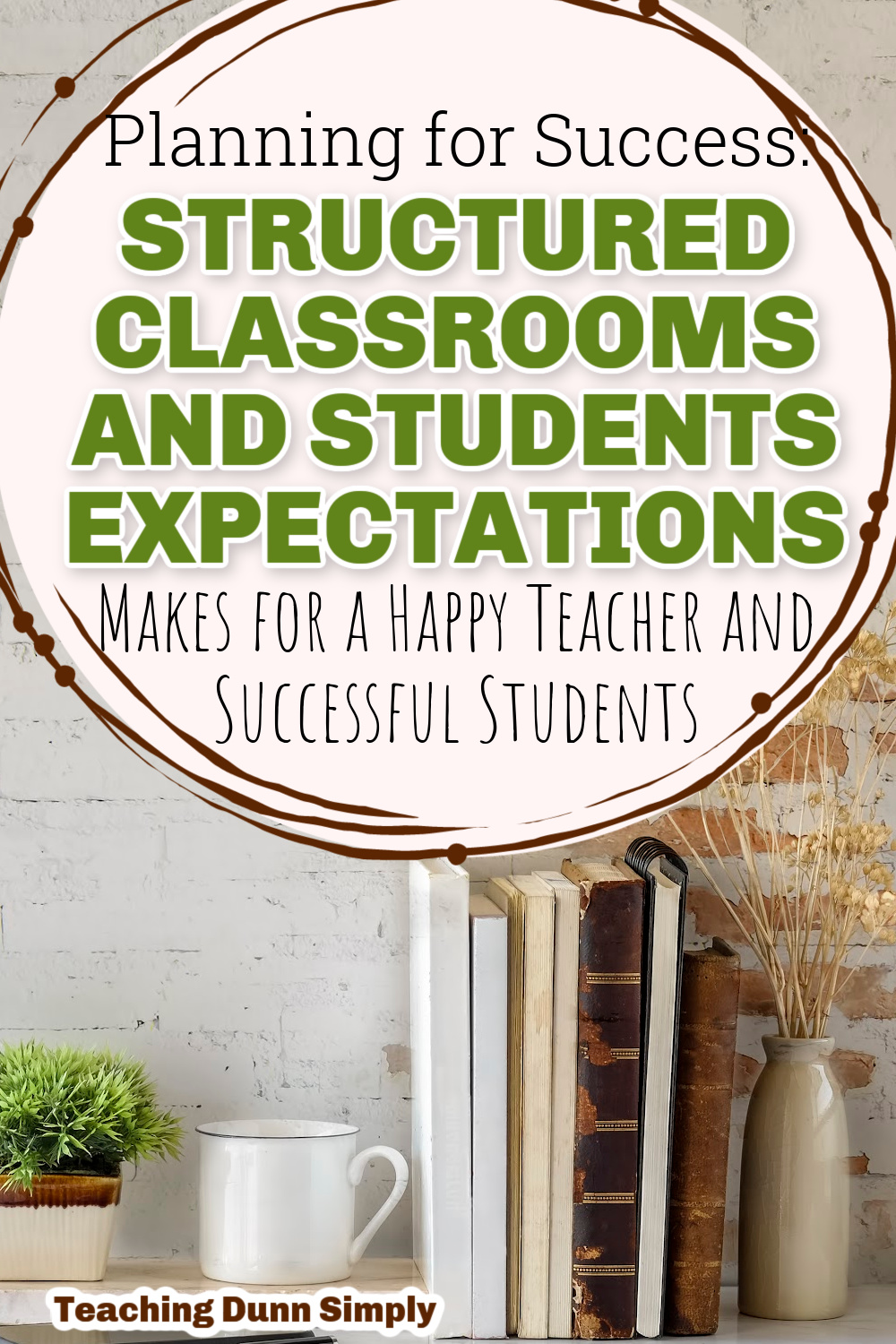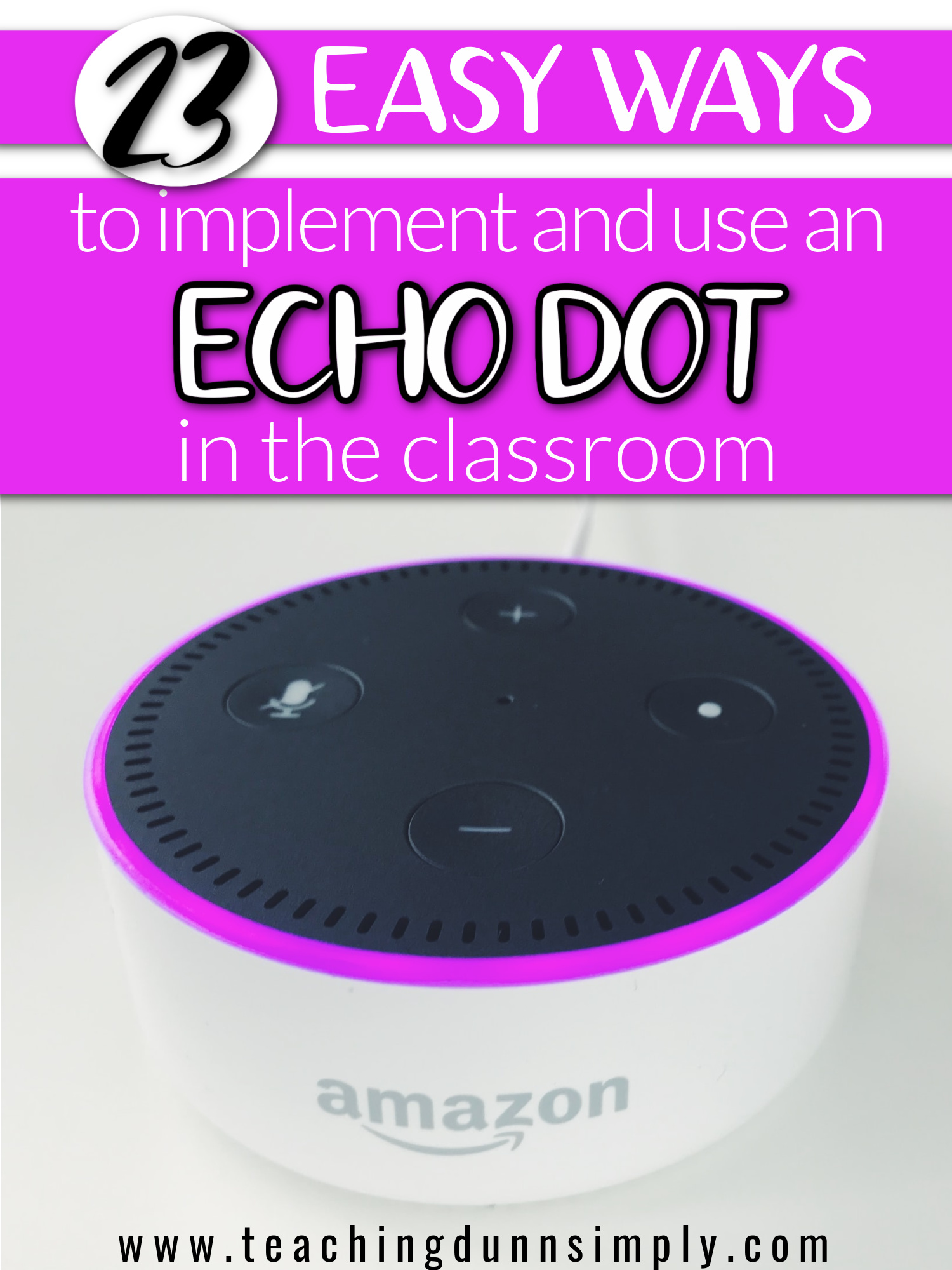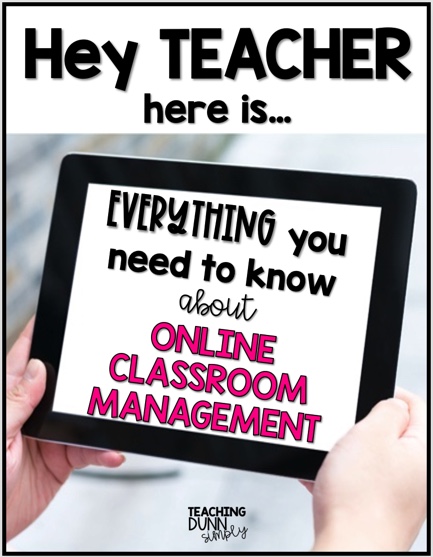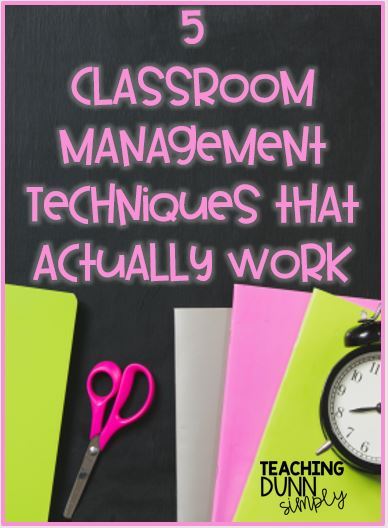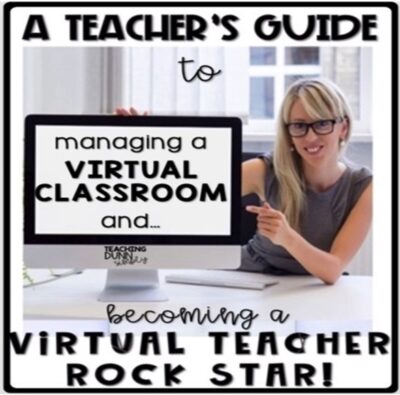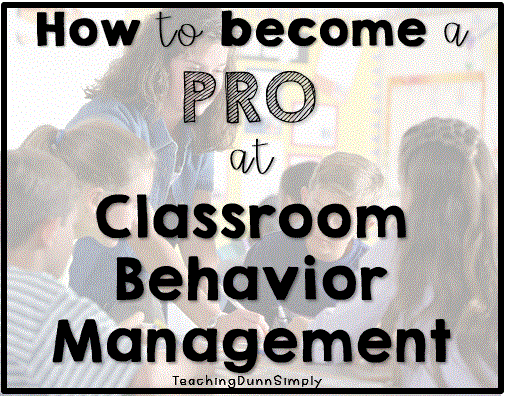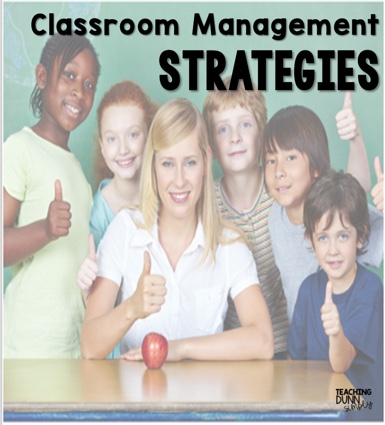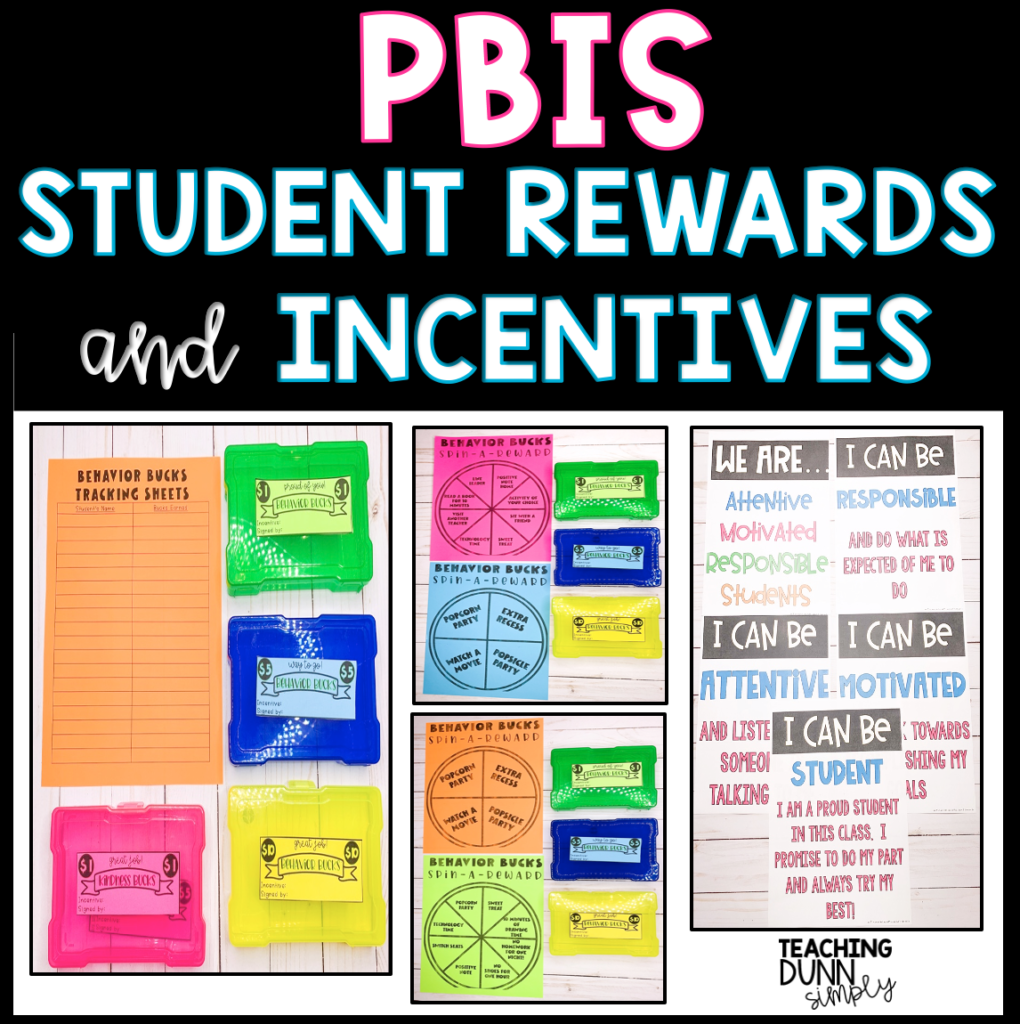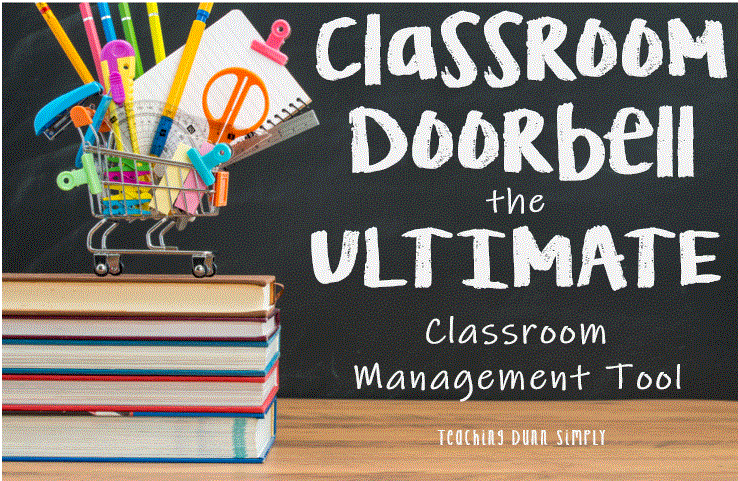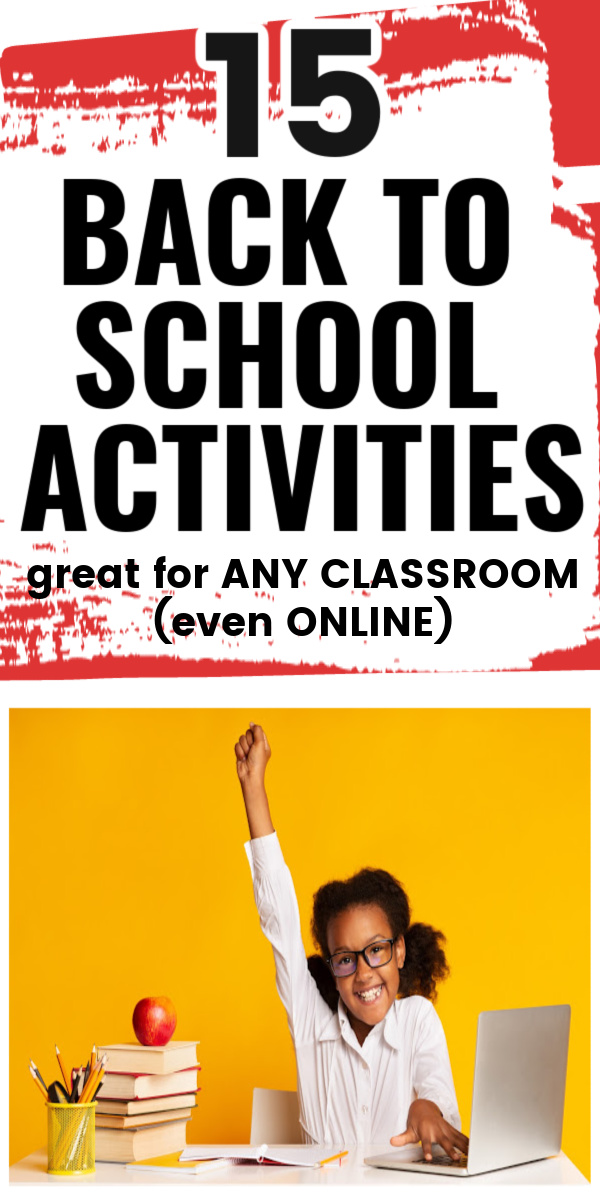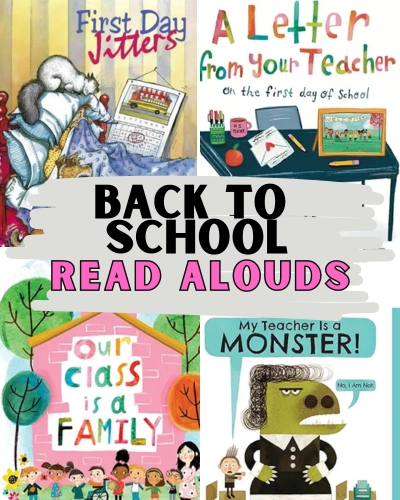- Home
- Classroom Management
- What Is Classroom Management
What Is Classroom Management?
Find Out...
What Is Classroom Management?
What is classroom management? The principles of classroom management are simple to understand and implement. From preschool classroom management to middle school classroom management, you will be able to easily implement these classroom management ideas. Understanding the importance of classroom management will reduce stress for you as a teacher, as well as help to ensure students reach their full academic potential. Classroom time management will also aid students in maximizing their potential in your classroom. When you have control of your classroom, students tend to feel comfortable and can concentrate better, which will help strengthen and deepen their understanding of the curriculum. The strategies you will find here will provide an in-depth look into what classroom management is.
Classroom Doorbell
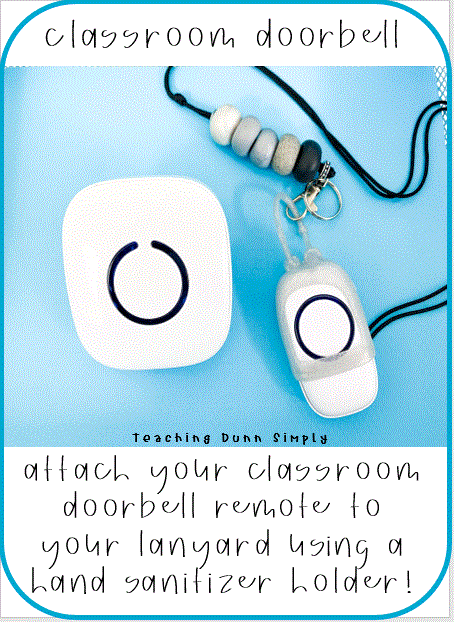 A classroom doorbell is essential classroom management for elementary teachers. A wireless doorbell for your classroom is affordable, easy to use, and will help eliminate stress.
A classroom doorbell is essential classroom management for elementary teachers. A wireless doorbell for your classroom is affordable, easy to use, and will help eliminate stress.If you do not have a classroom doorbell, click here and order one! You will thank me later. More information is available here; I think it is The Ultimate Classroom Management Tool. A wireless doorbell is my favorite answer to the question, "What is classroom management?".
Be KIND, yet FIRM
Yes, you can and should be BOTH! It is important your students respect you as their teacher, not their friend. Strive to be respected, not liked. You are the teacher. You are not friends or pals with students. Yes, build rapport with students, but your goal is not for your students to like you, it’s for them to respect you. Believe it or not, kids are more comfortable with boundaries. Decide on what works for your classroom and stick to it! If you expect certain behaviors from your students, make sure you are setting a good example for them to follow. This will help answer, "What is classroom management?".
Develop a Classroom Management Plan
Make sure to include your plan on how to deal with certain issues. This could vary depending on the student and what behavior they present. Send home a copy of your classroom management plan at the beginning of the school year. Make sure your parents and students are familiar with your expectations, rules, and consequences. Develop a classroom management plan and classroom management system that works well in YOUR classroom. Every classroom is different, so what works this year may not work for your students next year. Be flexible with what works for you and your students. Allow students to have a few chances before a big consequence happens.
Bingo Dot Behavior
I use the BINGO dot system. Each afternoon in my classroom, I “dot” agendas. The colors I use are green, yellow, orange, and red I use my Clipboard system to document, if needed, throughout the day. If a student receive 2 or more marks for breaking any classroom rule, they receive a yellow dot. If a student earns 3-4 marks, then they get an orange dot. More than 4 marks on the clipboard means a red dot and classroom referral. (A classroom referral is a referral given to the teacher. When two classroom referrals are given for the same behavior, that results in an office referral.) Below is a link to the dot markers I have used. I purchased a pack from Amazon and they lasted throughout the school year.
Don’t Be Afraid to Change Your
Classroom Management Plan
If you are rocking into November and are still looking for the answer to, "What is classroom management?" because your students will not stop talking and breaking classroom rules, shake-up your classroom. Move students around, change their seating arrangements, and see if that helps. If your system for how your students submit assignments is not working, change it and try something different.
Keep an open mind and don’t look at change as a bad thing. Often, simple changes can help ensure you have effective classroom management, which will maximize student achievement and growth and help you answer the question, "What is classroom management?".
Teach and Reteach Rituals and Routines!
Practice makes perfect, right?! Be sure you are teaching and reteaching rituals and routines and the “whys” the entire school year. The “whys” are just as important, so make sure not to forget those. Teaching and reteaching your classroom management plan is especially important after big breaks from school like Thanksgiving break, Christmas break, etc. Also, remind students if you notice they aren’t following procedures as they should. Remind the class of your expectations and the “why” behind it. This is key to good classroom management and what is classroom management!
Teacher Tip
Catch your students making good choices and allow this to be an opportunity to remind students of your expectations.
De-escalate Behavior Issues
If you have a student in your classroom that is struggling with behavior, try to pinpoint triggers. What sets them off? Try to avoid these situations or student interactions if you discover a trigger. Also, try to correct small behaviors so they do not lead to big behaviors. When you are developing your classroom rules, choose 4-5 rules that you are going to stick to and have little tolerance for disobedience. Then, start correcting small behaviors that could potentially lead to bigger issues. If you stop issues while they are small and are successful, you could prevent many disruptions in your classroom.
Consistency in
Classroom Management
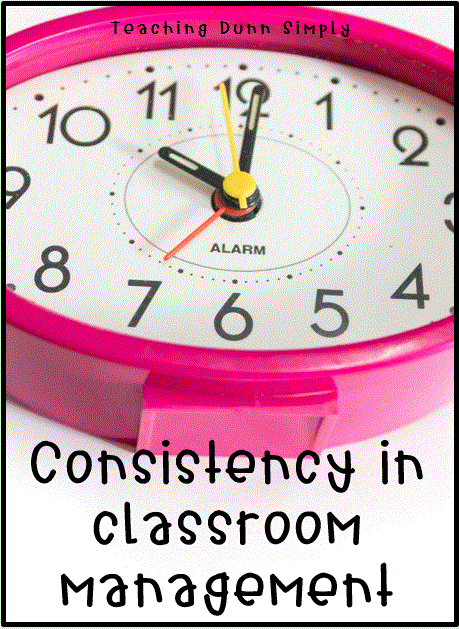 Make sure you are practicing consistency in classroom management and that students can see you being intentional in this area. Trust me, students will respect the boundaries you set if you practice consistent classroom management.
Make sure you are practicing consistency in classroom management and that students can see you being intentional in this area. Trust me, students will respect the boundaries you set if you practice consistent classroom management.Classroom rules, along with school rules, should be consistently enforced Monday through Friday, from the beginning to the end of school. Make sure you are practicing consistency in your classroom management strategies and that students can see you being intentional in this area. Trust me, students will respect the boundaries you set if you practice consistent classroom management.
Don’t Forget to Give GRACE
I know, I know. I just told you to be consistent. BUT, how many mornings have you walked into your classroom and everyone needs you to do to something right then? This caused your coffee to get cold, and not to mention the copier is jammed and you need to print lesson plans and homework. Sound familiar? On days like this, you need to hit the pause button and chill for a quick recovery. Guess what...kids have bad mornings. and often those type of mornings are completely out of their control. When students have mornings like the one I described, they may need a little bit of GRACE. Way too often, adults forget that children should be given grace too. We have high expectations for our students each and every day. They become tired and overwhelmed and often need to hit the pause button, just like us.
Be Organized and Prepared!
If you have an epic science experiment in your lesson plans, start prepping early. Gather supplies, materials, and graphic organizers beforehand. I am channeling my love for the movie The Lion King (you know, the scene where Scar is singing), BE PREPARED! (Don’t judge!) Preparation will reduce your stress level, which will, in turn, benefit your students. Check out this blog post for more information about how I write my lesson plans each week. Make every attempt possible to keep your classroom clean and organized. Assign students jobs to help with this. I’m sure your students are like mine and love to lend a helping hand. Explain how you want them to organize and clean and then cut them loose!
Build Relationships
This is huge people! Building a strong, purposeful relationship with your students is the very best classroom management strategy I can suggest. You can do way more for a kid if you build a relationship with them that you can by just than teaching academics. Look here to find more details about Building Relationships with your students.
When you are prepping your lesson plans each week, consider the level of engagement you are offering your students. How much free time will they have once they complete the lesson and activities you have planned? Consider implementing tasks that do not have to be changed out each week, but possibly changed out at the end of the grading period.
Keep Students Engaged
Early Finishers
Offer “Early Finisher” graphics organizers or activities for your students. Include a location where students can get to the work and turn it in without being disruptive. In my classroom, my students pull sticks. On popsicle sticks, I write a variety of tasks down. If they finish their work early, they know to go pull a stick. I teach 3rd grade math, so my activities include writing multiplication or division facts, finishing your homework, or completing a lesson in Math 4 Today or an ixl.com activity. Free time could contribute to poor student behavior choices, so try to avoid it when possible.
QUICK TIP: Math 4 Today also offers Language 4 Today. Each version has multiple grades available and you can choose between a standard version or a specific Common Core version. I highly recommend this spiral-based resource for any grade. By implementing Math 4 Today and Language 4 Today, I noticed an increase in standardized test scores.
Have High Expectations
What you expect is what you get! If you expect your students to fail a test or make poor behavior choices, it will happen. However, if you set high expectations for your students, they will rise to the challenge. It may not be pretty or easy, but they can do it. I often tell my students, “YOU can DO HARD THINGS”. My goal is to shift their mindset and make them believe they can achieve. So, set high expectations for your students...you both will benefit from it!
Treat Your Students the Way…
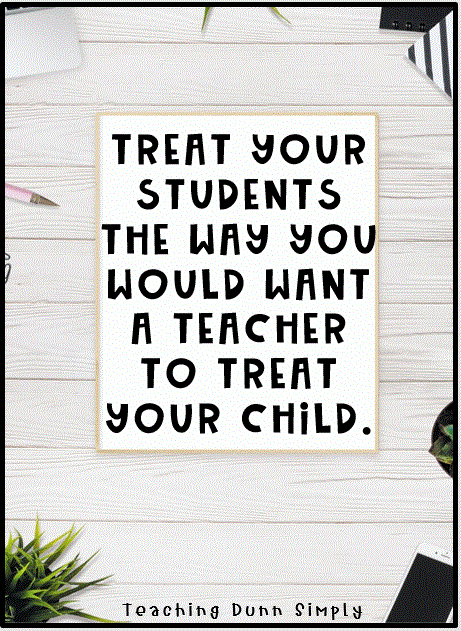
... you would want your own child treated. Sounds simple, right? When my oldest child started school, it changed me as a teacher. I began to have greater respect for my students' parents and looked at situations differently. For example, our school has agendas that parents are asked to sign or initial each night. I began talking with students who would come to class without a signature or initials. I found out about their home life and asked if they even had someone home to sign before trailing off to bed. I quickly found out that a couple of my students who would only get a signature or initials a few times a week had a parent who worked night shift or a family member was caring for them so their mom could work. Go back and read #12 again...give GRACE!
Hopefully now, you can answer the question, "What is classroom management?"!
